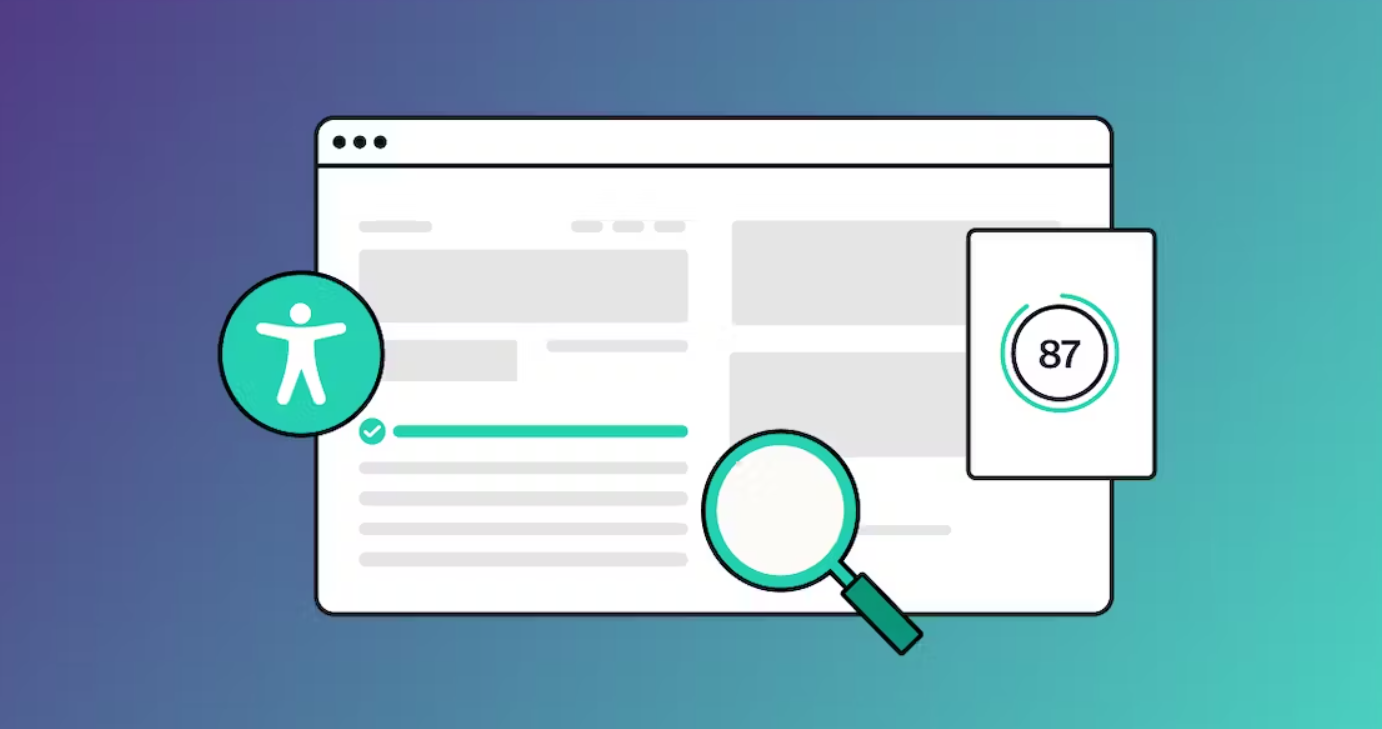Ensuring that your website is accessible to all is not just good practice; it’s the law in many countries. To achieve this, one crucial step is an accessibility audit. This process evaluates your website’s compliance with accessibility standards and guidelines to identify and rectify any barriers that may prevent people with disabilities from fully utilizing your site. In this article, we’ll delve into what you can expect during a website accessibility audit.
Initial Assessment
The accessibility audit process typically begins with a comprehensive assessment of your website. This phase involves evaluating your site’s overall structure, content, and functionality to identify potential accessibility issues. The audit team will use various tools and manual testing methods to get a broad understanding of your website’s accessibility strengths and weaknesses.
Legal Compliance Check
During the accessibility audit, your website will be evaluated against relevant accessibility standards and regulations. In the United States, for instance, websites are expected to conform to the Web Content Accessibility Guidelines (WCAG) 2.0 or 2.1, depending on the legal framework. Ensure that your audit includes a thorough review to determine whether your site complies with these standards and any applicable local laws.
Content Evaluation
Content is king on the web, and it’s essential that your website’s content is accessible to all users. Auditors will scrutinize your site’s text, images, videos, and other multimedia elements to ensure they are perceivable, operable, and understandable by people with disabilities. Alt text for images, captions for videos, and clear, plain language are just a few aspects that will be examined.
Code Review
A critical aspect of website accessibility is the underlying code. Auditors will review the HTML, CSS, and JavaScript code of your website to ensure it adheres to best practices for accessibility. This includes checking for proper semantic markup, ARIA roles and attributes, and keyboard accessibility.
Functional and User Experience Testing
This aspect of the accessibility audit focuses on assessing the functionality of your website. Testers will navigate your site using various assistive technologies like screen readers, voice recognition software, and keyboard-only navigation. They will evaluate how easily users with disabilities can perform essential tasks, such as filling out forms, making purchases, or accessing content.
To get a true sense of the user experience, auditors will often engage individuals with disabilities in usability testing. This hands-on approach helps identify specific issues that might not be apparent through automated testing alone. Users will be asked to complete common tasks on your site while providing feedback on any barriers they encounter.
After conducting a thorough assessment of your website’s accessibility, the audit team will compile their findings into a comprehensive report. This report will outline the identified issues, categorize them by severity, and provide recommendations for remediation. It is crucial to receive a detailed report to understand the scope of work required to achieve compliance.
Once you have the accessibility audit report in hand, you’ll need to create a remediation plan. This plan should prioritize identified issues and outline a timeline for fixing them. Some issues may be quick fixes, while others might require significant development work. A well-structured plan is essential for efficiently addressing accessibility concerns.
Next Steps After an Accessibility Audit
Website accessibility is an ongoing process. After addressing the issues outlined in the accessibility audit, it’s vital to continuously monitor your site’s accessibility. Regularly test new content and features to ensure they meet accessibility standards, and conduct periodic audits to catch any regressions.
However, you also need to build a culture of accessibility within your organization. Start by providing training and awareness programs for your team members. Ensuring that everyone understands the importance of accessibility and knows how to create and maintain accessible content is key to long-term success.
Website Accessibility Audits: The Key to Digital Inclusion
A website accessibility audit is a crucial step in ensuring that your digital presence is inclusive and compliant with legal standards. It involves a thorough evaluation of your site’s structure, content, and functionality, with the goal of identifying and addressing barriers that may prevent people with disabilities from accessing your site effectively. By following the recommendations of the audit and committing to ongoing accessibility efforts, you can create a more inclusive online environment for all users, ensuring that no one is left behind in the digital landscape.

